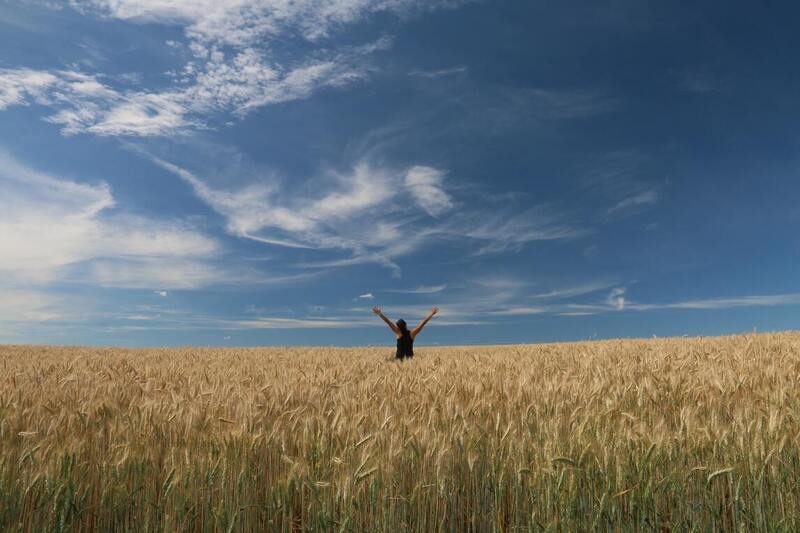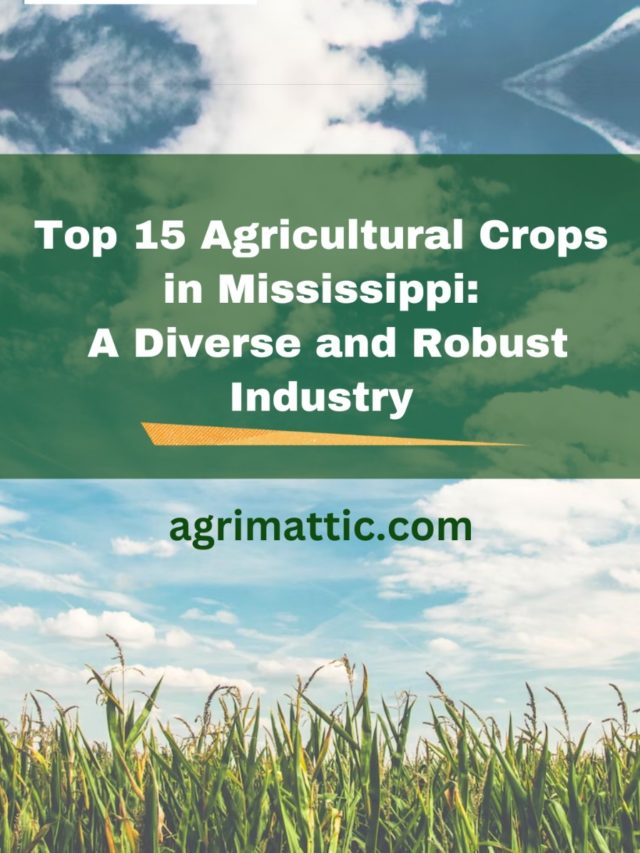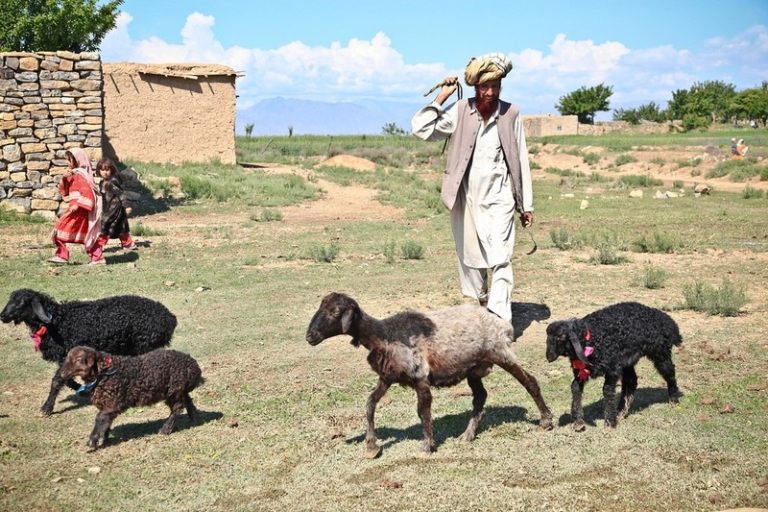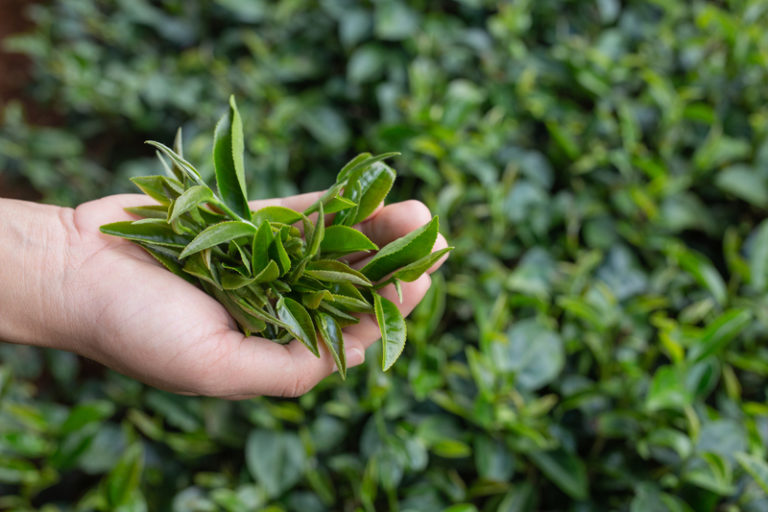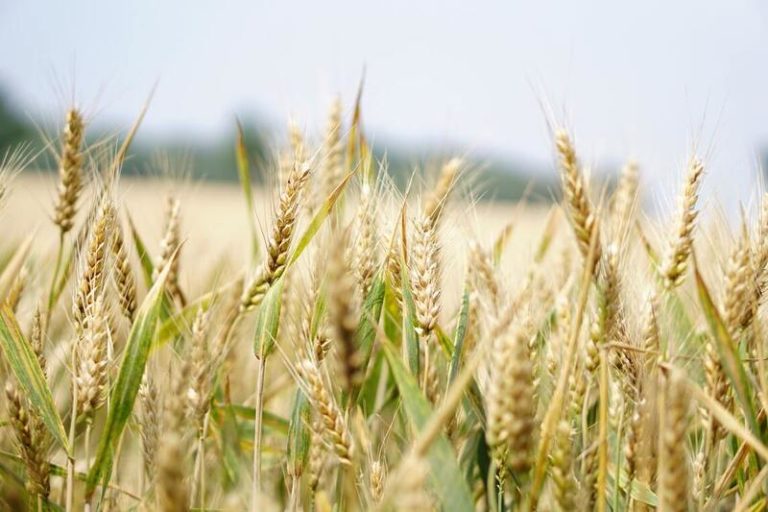The Top 15 Agricultural Crops in Mississippi: A Diverse and Robust Industry
Mississippi is a state that is known for its agriculture and farming practices. The state’s fertile soil and favorable climate make it an ideal location for a wide variety of crops, livestock, and aquaculture. In this article, we will explore the top 15 agricultural crops in Mississippi in detail.
1. Poultry / Eggs
Mississippi’s farming industry depends on poultry, which brings in more than $3.84 billion every year. The state is one of the biggest producers of broiler chickens. Each year, more than 715 million birds are made there.
| Statistic | Quantity |
|---|---|
| Revenue generated by Poultry/Eggs | $3.84 Billion |
| Broilers produced in 2022 | Approximately 715 million |
| Number of broiler farms in operation | 1,237 |
| Eggs produced in 2022 | 1,459 million |
| Number of farms with 100+ layers | 234 |
2. Soybeans
Mississippi’s main crop is soybeans, and the state is the seventh largest producer of soybeans in the United States. Soybeans are a versatile crop, and they are used for a variety of purposes, including making cooking oil, animal feed, and biodiesel. Soybeans are also used in the food industry to make soy milk, tofu, and other products.
| Statistic | Quantity |
|---|---|
| Revenue generated by Soybeans | $1.78 Billion |
| Acres of soybeans harvested in 2022 | 2,280,000 |
| Bushels of soybeans produced in 2022 | 127,680,000 |
| Number of soybean farms in operation | 3,087 |
Mississippi soybeans are grown on approximately 2.2 million acres of land, and the state produces about 127 million bushels of soybeans each year. The soybeans are planted in the spring and harvested in the fall. Soybeans require a warm, moist climate, and the soil must be well drained. Mississippi’s fertile soil and favorable climate make it an ideal location for growing soybeans.
3. Forestry
Forestry is an essential industry in Mississippi, with over 19 million acres of forested land covering more than 65% of the state. The forestry industry in Mississippi is responsible for contributing billions of dollars to the state’s economy and providing jobs for thousands of Mississippians.
| Sector | Value |
|---|---|
| Forestry | $1.3 Billion |
| Acres | 19,235,186 |
| Forest landowners | 125,000 |
Mississippi’s forests consist of a variety of tree species, including pine, hardwoods, and cypress. The state’s pine forests are particularly valuable, as they are used for lumber, paper products, and other building materials. In fact, Mississippi is the leading producer of softwood lumber in the South, and the state’s sawmills produce over 1.2 billion board feet of lumber each year.
4. Corn
Corn is another essential crop in Mississippi, and the state ranks 16th in the US in terms of corn production. Corn is a staple food in many cultures, and it’s used for human consumption, livestock feed, and ethanol production. Corn is also used in the manufacturing of plastics and chemicals, among other things.
| Sector | Value |
|---|---|
| Corn | $631.3 Million |
| Acres harvested | 550,000 |
| Bushels produced | 91,850,000 |
| Farms | 1,427 |
Mississippi corn is grown on approximately 550,000 acres of land, and the state produces about 91 million bushels of corn each year. Corn is planted in the spring and harvested in the fall. The corn plants require warm, sunny weather, and the soil must be well-drained. Mississippi’s fertile soil and warm climate make it an ideal location for growing corn.
5.Cotton
Cotton is one of the most critical crops in Mississippi, and it is the second-largest cotton producer in the US. The state produces about 1.13 million bales of cotton each year, which makes up about 10% of the nation’s total cotton production.
| Sector | Value |
|---|---|
| Cotton | $624.5 Million |
| Acres harvested | 525,000 |
| Bales produced | 1,130,000 |
| Farms | 780 |
Cotton is a big source of income for farmers in Mississippi, and it is also used in many industries. Cotton is a natural fiber and is used in the textile industry to make clothing, sheets, and other fabrics. The cottonseed is also used to make cooking oil and animal feed.
Mississippi cotton is known for being of high quality, and textile manufacturers all over the world like to use it. The cotton is grown in the fertile Delta region of the state, where the soil is rich and the climate is warm. Cotton is planted in the spring and harvested in the fall.
The cotton plants are first grown from seeds in a greenhouse, and then transplanted to the field when they are a few inches tall. The plants are then irrigated throughout the growing season to ensure optimal growth and yield.
6. Cattle/Calves
Cattle are an important livestock in Mississippi, and the state ranks 20th in the US in terms of cattle production. Cattle are raised for their meat, milk, and other products.
| Sector | Value |
|---|---|
| Cattle/Calves | $318 Million |
| Head | 910,000 |
| Farms | 15,980 |
Mississippi cattle are raised on approximately 1.8 million acres of land, and the state produces about 700 million pounds of beef each year. Cattle require ample grazing land, and the climate must be moderate. Mississippi has plenty of fertile land and a moderate climate, making it an ideal location for raising cattle.
7. Catfish:
Catfish is an important aquaculture crop in Mississippi, and the state ranks first in the US in terms of catfish production. Catfish are raised in ponds, and they are a popular food fish.
| Sector | Value |
|---|---|
| Catfish | $258 Million |
| Acres of production | 34,100 |
| Operations | 205 |
Mississippi catfish are raised on approximately 60,000 acres of land, and the state produces about 258 million pounds of catfish each year. The catfish require warm water, and the ponds must be well managed to ensure proper water quality. Mississippi’s warm climate and abundant water sources make it an ideal location for raising catfish.
8. Hay
Hay is an essential crop for livestock feed, and Mississippi produces around 3 million tons of hay each year. The state’s warm climate and fertile soil make it an ideal location for hay production. Hay is grown throughout the state, with alfalfa being the most common type.
| Sector | Value |
|---|---|
| Hay | $164 Million |
| Tons produced | 1.4 million |
| Acres harvested | 610,000 |
| Farms | 11,565 |
The production of these crops plays a crucial role in Mississippi’s economy, creating jobs and generating revenue for farmers and the state as a whole. However, like any other agricultural industry, the crops in Mississippi face challenges such as pests, weather conditions, and market demand fluctuations.
9. Sweet Potatoes
Sweet potatoes are a popular crop in Mississippi, and the state is the fifth-largest producer of sweet potatoes in the US. Sweet potatoes are a versatile crop, and they are used in a variety of dishes, including pies, casseroles, and side dishes. Sweet potatoes are also high in vitamins and minerals, making them a nutritious addition to any diet.
| Sector | Value |
|---|---|
| Sweet Potatoes | $112 Million |
| Hundredweight produced | 5.4 million |
| Acres harvested | 29,500 |
| Farms | 172 |
Mississippi sweet potatoes are grown on approximately 24,000 acres of land, and the state produces about 1 million hundredweight of sweet potatoes each year. The sweet potatoes are planted in the spring and harvested in the fall. The plants require warm, sunny weather, and the soil must be well-drained. Mississippi’s fertile soil and warm climate make it an ideal location for growing sweet potatoes.
10. Hogs
Hogs are an important agricultural commodity in Mississippi, with the industry generating around $112 million in farm gate value in 2020. Mississippi ranks 20th in the nation in hog production, and the industry supports approximately 800 jobs in the state.
| Sector | Value |
|---|---|
| Hogs | $112 Million |
| Hogs and pigs | 170,000 |
| Farms | 437 |
In 2020, there were around 250,000 head of hogs and pigs on farms in Mississippi, with approximately 90% of them being raised on operations with 1,000 head or more. The majority of the hogs produced in the state are sold for slaughter and processed into pork products such as bacon, ham, and sausage.
11. Horticultural crops
Horticultural crops are a diverse group of crops that includes fruits, vegetables, and ornamental plants. In Mississippi, horticultural crops play an important role in the state’s agricultural economy, with the industry generating over $111 million in farm gate value in 2022.
| Sector | Value |
|---|---|
| Horticultural crops | $111 Million |
| Crops | vegetables, melons, potatoes, fruits, tree nuts, berries, nursery, greenhouses, floriculture, sod and Christmas trees. |
One of the most significant horticultural crops in Mississippi is blueberries. The state is a major producer of blueberries, with over 2,000 acres dedicated to blueberry production and an estimated 14 million pounds of blueberries harvested each year. Other important horticultural crops in Mississippi include watermelons, peaches, and sweet potatoes.
12. Rice
Rice is an important crop in Mississippi, and the state ranks eighth in the US in terms of rice production. Rice is a staple food in many cultures, and it’s used in a variety of dishes. Rice is also used in the production of beer and sake.
| Sector | Value |
|---|---|
| Rice | $97 Million |
| Hundredweight | 6,216,000 |
| Farms | 221 |
Mississippi rice is grown on approximately 190,000 acres of land . The rice is planted in the spring and harvested in the fall. The rice plants require warm, moist weather, and the soil must be well-drained. Mississippi’s fertile soil and warm climate make it an ideal location for growing rice.
13. Wheat
Wheat is an important crop in Mississippi, and the state ranks 24th in the US in terms of wheat production. Wheat is a staple food in many cultures, and it’s used in the production of flour, bread, and pasta.
| Sector | Value |
|---|---|
| Wheat | $35.5 Million |
| Bushels | 3,975,000 |
| Farms | 162 |
Mississippi wheat is grown on approximately 150,000 acres of land, and the state produces about 4 million bushels of wheat each year. The wheat is planted in the fall and harvested in the spring. The plants require cool, moist weather, and the soil must be well-drained. Mississippi’s fertile soil and moderate climate make it an ideal location for growing wheat.
14. Milk
While milk is not a top agricultural commodity in Mississippi, the state does have a growing artisanal cheese industry. There are a handful of small-scale cheese makers operating in the state, producing a variety of cheeses from cow, goat, and sheep milk. These artisanal cheese makers are typically located on small family farms and use traditional methods to produce their products.
| Metric | Value |
|---|---|
| Milk | $25 Million |
| Milk cows in 2022 | 7,000 |
| Grade A dairy herds | 55 |
Overall, the dairy industry in Mississippi is relatively small but still plays an important role in the state’s agricultural landscape.
15. Peanuts
Peanuts are an important crop in Mississippi, and the state is the fifth-largest producer of peanuts in the US. Peanuts are a versatile crop, and they are used for a variety of purposes, including making peanut butter, candy, and oil. Peanuts are also used in the food industry to make snacks and other products.
| Sector | Value |
|---|---|
| Peanuts | $12.6 Million |
| Acres harvested | 13,000 |
| Farms | 113 |
Mississippi peanuts are grown on approximately 44,000 acres of land, and the state produces about 430 million pounds of peanuts each year. The peanuts are planted in the spring and harvested in the fall. The plants require warm, moist weather, and the soil must be well-drained. Mississippi’s fertile soil and warm climate make it an ideal location for growing peanuts.
Conclusion
The production of these crops plays a crucial role in Mississippi’s economy, creating jobs and generating revenue for farmers and the state as a whole.
However, like any other agricultural industry, the crops in Mississippi face challenges such as pests, weather conditions, and market demand fluctuations. Mississippi’s agriculture industry is diverse and robust, with a wide range of crops grown and produced in the state.
Also Read :
Buckwheat: The Gluten-Free Grain Alternative You Need to Try

